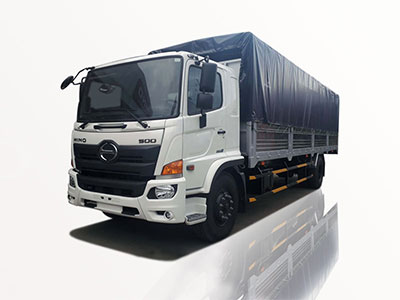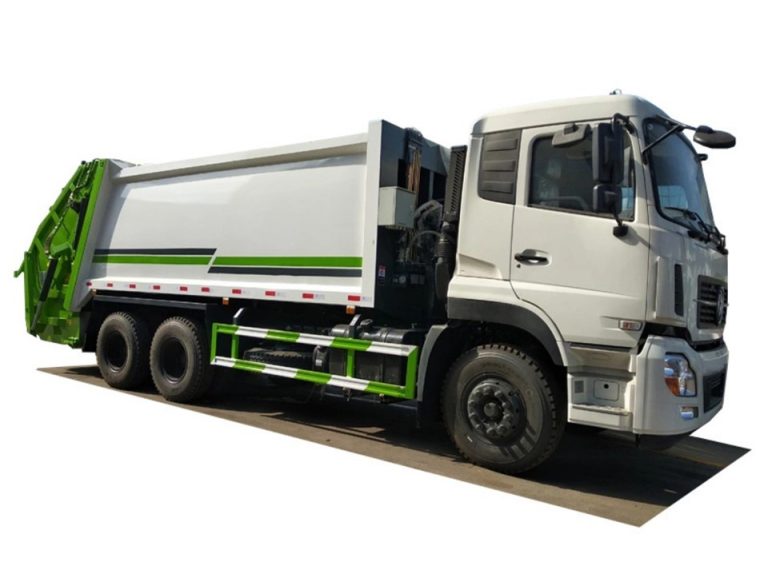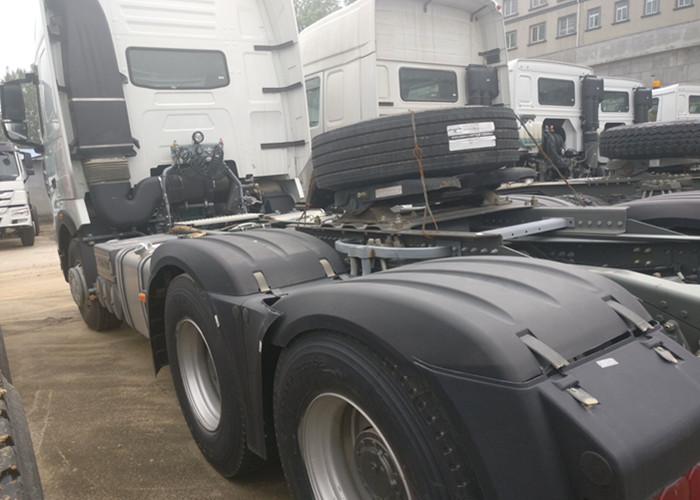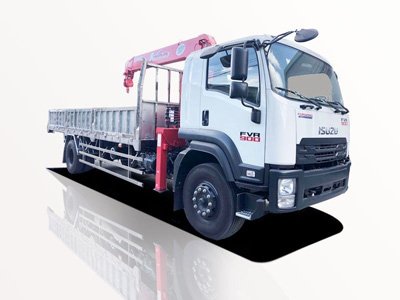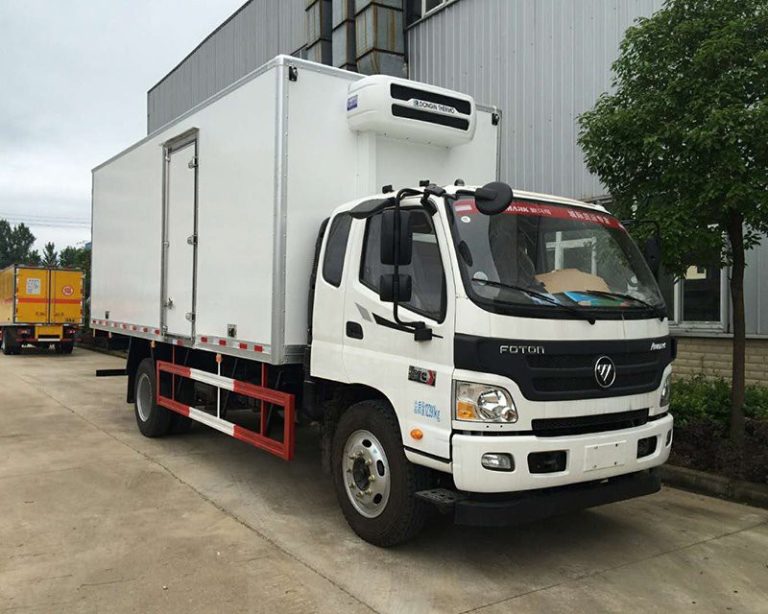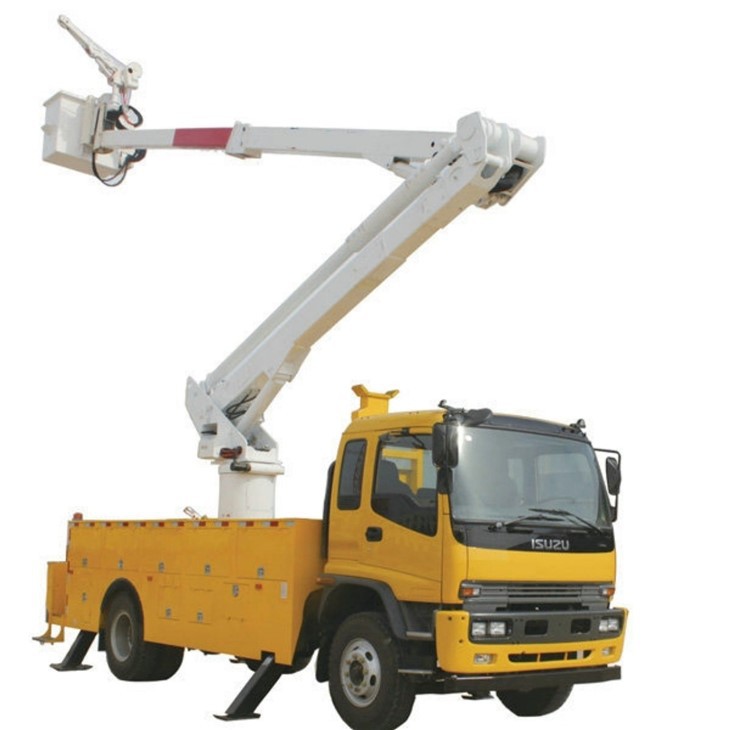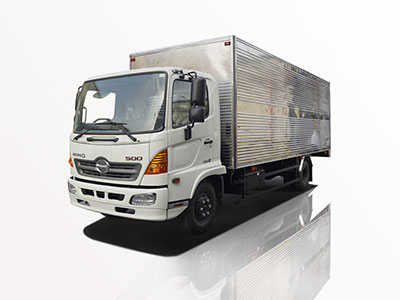Introduction
Cement pouring trucks, also known as concrete mixer trucks, play a crucial role in the construction industry. They are specifically designed to mix and deliver concrete to construction sites efficiently. Understanding how these trucks operate, their types, and how to select the right one for your project can significantly streamline the construction process. In this article, we will delve deep into the world of cement pouring trucks, covering various aspects including their functionality, advantages, operation, and purchasing tips, among other essential details.
What is a Cement Pouring Truck?
A cement pouring truck is a specialized vehicle used to transport and mix concrete. Equipped with a rotating drum, it keeps the concrete mixed during transit to prevent it from hardening before it reaches the job site. These trucks are vital in construction, infrastructure development, and any setting requiring the use of concrete.
Components of a Cement Pouring Truck
Cement pouring trucks consist of several essential components:
- Drum: The primary component that mixes and transports the concrete.
- Chassis: The truck’s framework that supports the drum and provides mobility.
- Discharge Chute: This is used to pour concrete smoothly from the drum onto the site.
- Water Tank: Supplies water to mix concrete as needed.
- Control System: Manages the mixing and pouring process of the concrete.
Types of Cement Pouring Trucks
1. Standard Concrete Mixer Trucks
Standard concrete mixer trucks have a capacity ranging from 6 to 16 cubic meters. This type is commonly used for most residential and commercial projects.
2. Mini Concrete Mixer Trucks
Mini concrete mixer trucks are smaller and ideal for smaller projects or tight spaces. They usually carry between 3 to 5 cubic meters of concrete.
3. Volumetric Concrete Mixers
Volumetric concrete mixers can mix concrete on-site. They store the ingredients separately and mix them only when needed, ensuring the freshest concrete is delivered.
4. Concrete Pump Trucks
These trucks combine a concrete mixer with a pumping system, allowing for the direct placement of concrete in hard-to-reach areas.
How Does a Cement Pouring Truck Work?
The operation of a cement pouring truck involves several critical steps:
1. Mixing the Concrete
The driver adds the required ingredients (cement, water, sand, aggregates) to the drum and initiates the mixing process. The rotating drum keeps the mixture homogeneous.
2. Transporting the Concrete
Once mixed, the truck transports the material to the construction site. During transit, the drum continues to rotate, preventing the concrete from hardening.
3. Discharging the Concrete
Upon arrival at the site, the driver positions the truck and uses the discharge chute to pour the concrete into forms or molds.
4. Cleaning the Truck
After discharging, it is vital to clean the drum immediately to prevent concrete from hardening inside. This is typically done using water and specialized equipment.
Advantages of Using Cement Pouring Trucks
1. Efficiency
Cement pouring trucks significantly reduce the time needed to transport and mix concrete, enabling faster project completion.
2. Quality Control
These trucks ensure uniform mixing, which leads to improved concrete quality and consistency.
3. Flexibility
With various types available, cement pouring trucks can cater to different project sizes and requirements.
4. Cost-Effectiveness
Using a cement pouring truck can lower labor costs, as fewer workers are needed for mixing and pouring concrete.
Choosing the Right Cement Pouring Truck
Selecting the appropriate cement pouring truck depends on several factors:
1. Project Size
Evaluate the amount of concrete required for your project to determine the truck size you need.
2. Type of Concrete
Consider whether you need standard concrete or specialized mixes, which may influence the type of truck required.
3. Site Access
Assess if there are any access restrictions at the site, which might affect the choice between standard and mini trucks.
4. Budget
Determine your budget, as the cost of hiring or purchasing a truck can vary widely.
Practical Examples of Cement Pouring Truck Usage
Here are a few scenarios where cement pouring trucks are vital:
1. Residential Construction
In residential projects, such as homes and driveways, a standard truck can efficiently deliver the required concrete. For tight spaces, a mini mixer may be employed.
2. Commercial Buildings
For larger projects, like shopping malls or office buildings, volumetric mixers are often utilized to ensure a continuous supply of fresh concrete throughout the construction phase.
3. Infrastructure Projects
In infrastructure projects like bridges or highways, concrete pump trucks are advantageous for delivering concrete to elevated areas or congested sites.
Top Tips for Working with Cement Pouring Trucks
- Plan Ahead: Schedule deliveries in advance to avoid delays.
- Communicate Clearly: Ensure clear communication with the driver about where and how you need the concrete to be poured.
- Monitor Weather Conditions: Avoid pouring in extreme weather conditions to ensure the integrity of the concrete.
- Prepare the Site: Ensure that the area where concrete will be poured is clean and ready to receive the material.
FAQ
1. How long can concrete stay in a cement pouring truck?
Concrete typically stays workable for about 90 minutes to 2 hours before it begins to harden, depending on the conditions and the mix.
2. Can I pour concrete in rainy weather?
Pouring concrete in light rain is generally acceptable, but heavy rain can dilute the mix and impact the final result.
3. How do I clean a cement pouring truck?
After discharging concrete, rinse the drum with water and use a pressure washer to ensure no concrete remains in the truck.
4. What should I do if I receive too much concrete?
Plan for extra concrete disposal options, such as contacting local recycling centers or arranging for additional pouring if needed.
5. How do I calculate how much concrete I need?
Calculate the volume of the area you want to fill by multiplying length, width, and height, and then convert to cubic meters as necessary.
6. What are the safety measures while working with cement pouring trucks?
Ensure all personnel are at a safe distance during the pour, use appropriate personal protective equipment (PPE), and comply with all operational guidelines.
